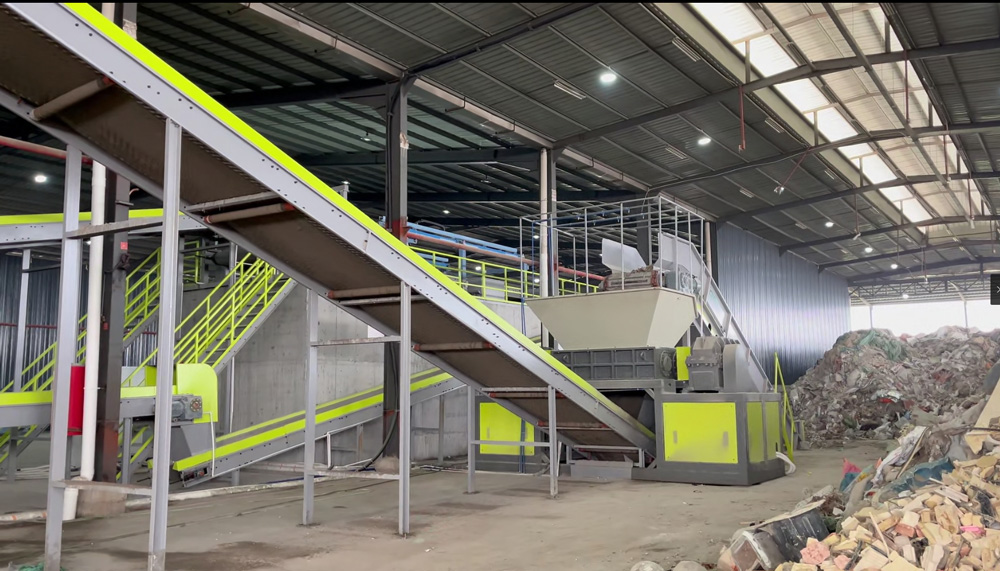 Time:2025-03-10
Time:2025-03-10
 Source:青绿环境
Source:青绿环境
During the renovation process, a large amount of waste is inevitably generated. These wastes not only take up valuable space but can also cause environmental pollution. Therefore, understanding the main components of renovation waste is of great significance for proper disposal and resource recycling.

I. Waste Concrete, Bricks, and Mortar
One of the most common types of waste in renovation is waste concrete, bricks, and mortar. These materials mainly come from the reconstruction of non-load-bearing walls, such as demolishing old walls, creating new windows or doors, and other construction activities. These materials are usually heavy and require specialized equipment for crushing and processing.
II. Metal and Glass Waste
Metal and glass waste are also important components of renovation waste. These materials mainly come from the renovation and replacement of safety protection facilities, such as removing railings and replacing doors and windows. Metal waste includes iron, aluminum, copper, etc., while glass mainly comes from windows and doors.
III. Floor Tiles, Wall Tiles, and Wood Flooring
During house renovation or remodeling, a large amount of waste such as floor tiles, wall tiles, wood flooring, wallpaper, and wall fabric is generated. These materials are usually scattered and need to be collected and processed separately.
IV. Wood Blocks and Composite Panels
Wood blocks and composite panels mainly come from waste generated during the installation of custom cabinets and keel structures. These materials can be reprocessed for the production of new furniture or building materials.
V. Cardboard and Plastic
The cardboard and plastic waste generated during the renovation process mainly belong to various packaging bags and other light materials. These materials are relatively easy to handle and can be recycled.
VI. Other Hazardous Waste
Renovation waste also contains some hazardous waste, such as paint, coatings, adhesives, and packaging materials. These wastes require special treatment to avoid causing harm to the environment and human health.













 Prev
Prev











